Horrible Star Trek Movie Is Even Worse Because of This Plot Hole
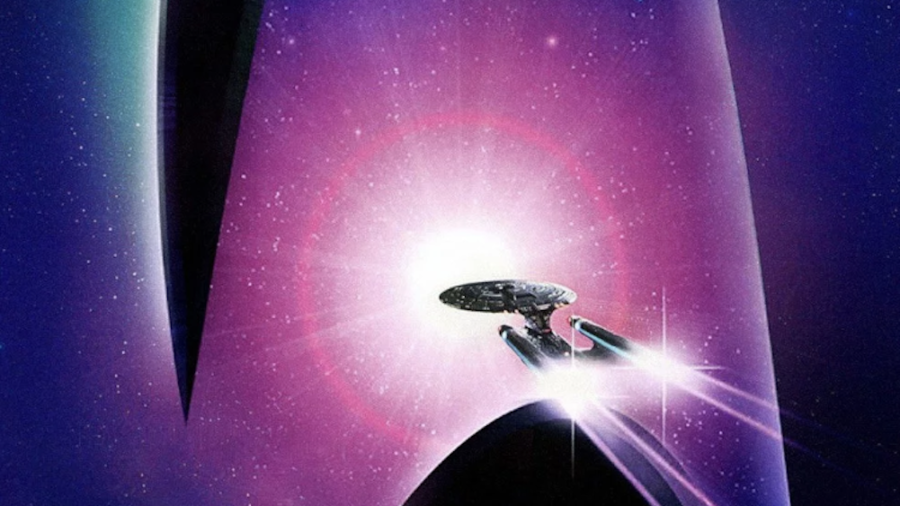
Fans have debated the merits of each fictional franchise for decades, but there is one main quality that separates Star Trek from Star Wars: scientific accuracy.
For all of its crazier characters and stories, Star Trek has always tried to be a bit more accurate about its science and technology, and that’s why Trek producers have gone out of their way to hire science consultants over the decades.
Star Trek: Generations

Unfortunately, the consultants must have been on vacation when Star Trek: Generations was written because the entire climax of the film revolves around a missile moving faster than scientifically possible.
Look, I know Star Trek: Generations is a pretty painful film to watch. Like Spock’s crazy brother, though, I’m going to have to ask you to share your pain and grow strength from the sharing. Or at least, learn a basic science lesson that the writers of this movie completely ignored.
Dr. Soran
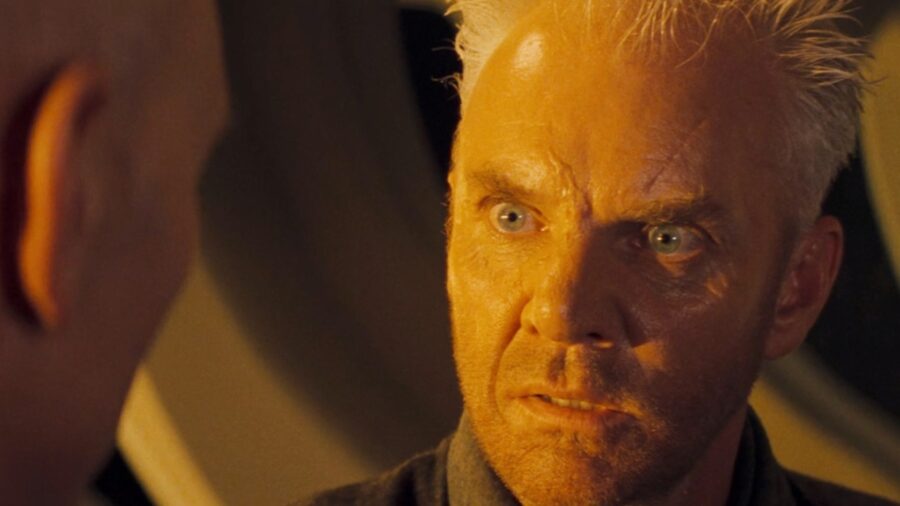
The plot revolves around Dr. Soran’s attempt to regain access to a blissful interdimensional realm known as The Nexus, and he is willing to do anything to achieve this goal.
Star Trek: Generations offers a simple explanation as to why Soran couldn’t fly a ship into the Nexus. According to Data, ships that approach get destroyed. Implicitly, it was a fluke of luck that Soran managed to enter it when an earlier ship got caught in a gravimetric distortion generated by this cosmic phenomenon.
Long story short, since Soran can’t just fly into the Nexus, he becomes obsessed with finding a way to alter its course through the stars.
The Trilithium Plan

Ironically enough, the method he chooses to change the course makes a kind of scientific sense.
Soran determines that all he has to do is blow up a couple of stars with trilithium in order to disrupt the gravitational forces affecting the path of the Nexus as it travels throughout space.
This will put the ribbon of the Nexus on a direct course into a planet, and all Soran will need to do is be on that planet when the time comes to get scooped back up into this interdimensional paradise.
Heroes Fail At First
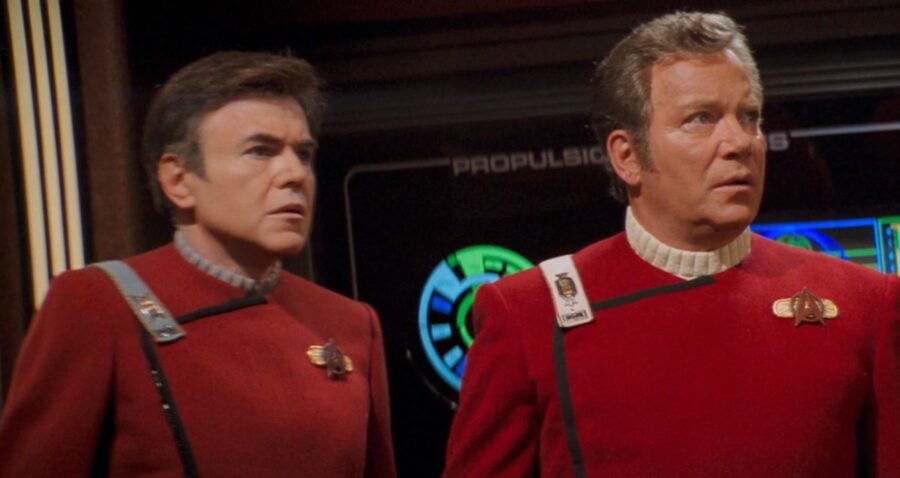
One of the most surprising parts of Star Trek: Generations is that our heroes fail at first: Soran launches the rocket and returns to the Nexus, but his crazy plan costs millions of people on a nearby planet to die.
Picard also gets taken into the Nexus, and because the dimension inside exists outside of time and place, he is able to interact with James Kirk and bring him back to reality shortly before Soran fires his rocket.
This time, they stop the mad doctor’s plans, but at the cost of Kirk’s life.
The Plot Hole
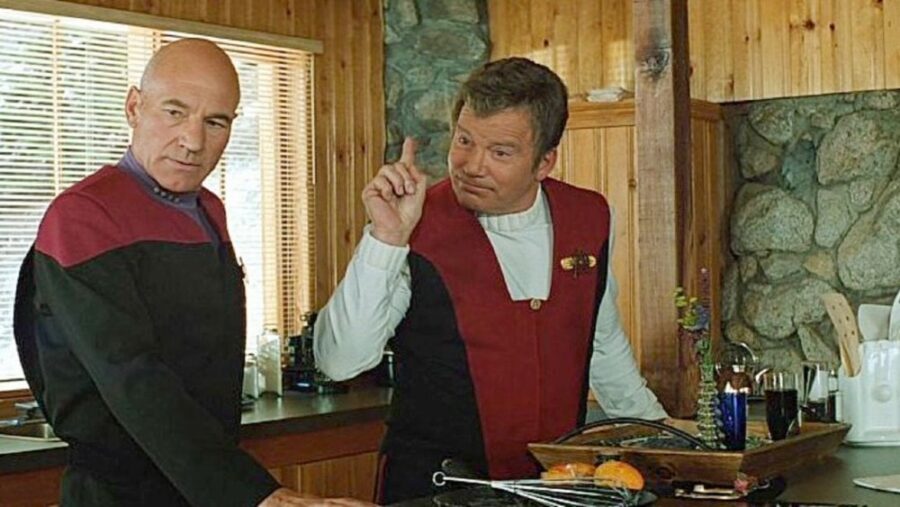
Where does the big Star Trek: Generations plot hole come in, you ask? It all has to do with the final stage of Soran’s plan in which he launches a trilithium missile from the planet into the sun.
From orbit, Worf gives Picard the grim news: it will take eleven seconds for the missile to travel from the planet to the sun, and it could take the Enterprise as long as fifteen seconds to lock onto the missile before it could be destroyed.
Too Fast In Space
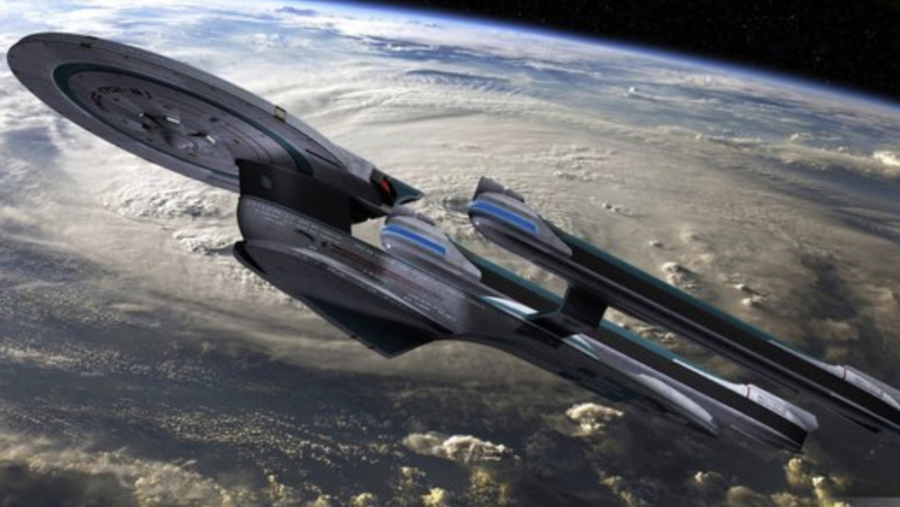
As our good friends at RedLetterMedia have pointed out, the idea that a missile could make it from the surface of the planet to the sun in only 11 seconds is ludicrous.
While we don’t know exactly how far away that sun is from the planet, keep in mind that it takes light from our own sun (which is 93 million miles away) over eight minutes to reach us.
Incidentally, that is what the term “light speed” actually means: the time it takes light to travel through the vacuum of space.
Enhancing The Drama?
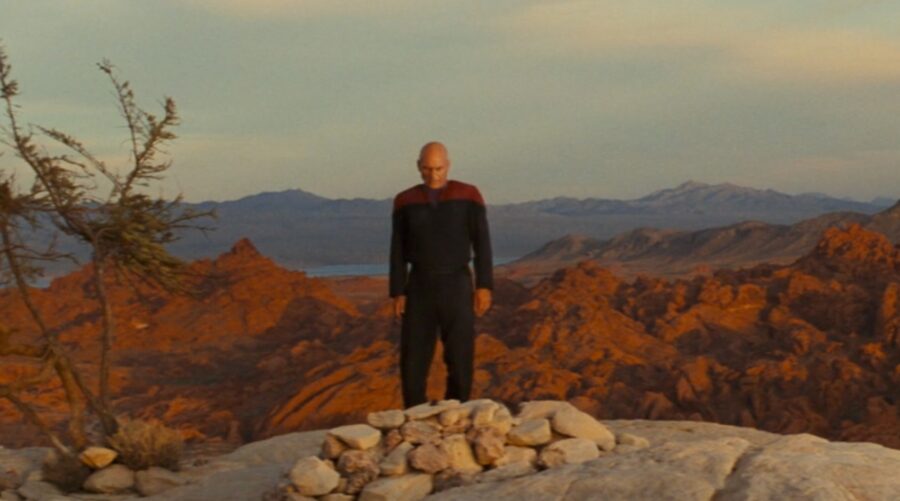
I’m pretty sure the Star Trek: Generations writers just wanted this plot point to enhance the drama, but if you know what light speed actually means, you know how impossible the missile’s speed actually is…it should have taken something closer to 510 seconds to reach the sun.
In-universe, the only explanation for this would be that the missile is somehow capable of traveling at warp speed.
Not only is such a drive never mentioned in the film, but various Star Trek movies and shows have implied that it would be dangerous to try to go to warp inside a planetary gravity well like this.
Agreeing With The Villain?
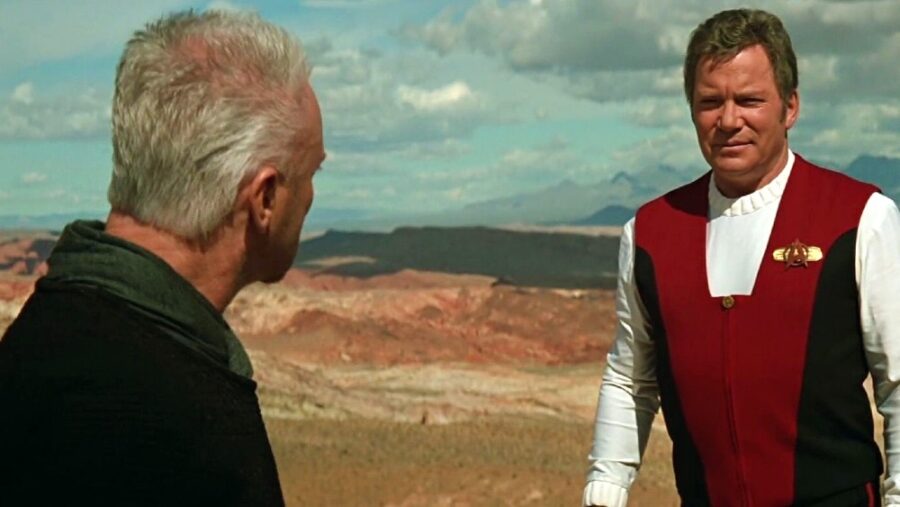
At the end of the day, fans can just throw this weird Star Trek: Generations plot hole on the pile of reasons why this movie stinks worse than Worf after a workout.
By the end of it, I found myself really agreeing with the villain.
As Dr. Soran says, time is a fire in which we all burn, so why the heck did the Trek writers and producers have to waste our time with this garbage plot?












